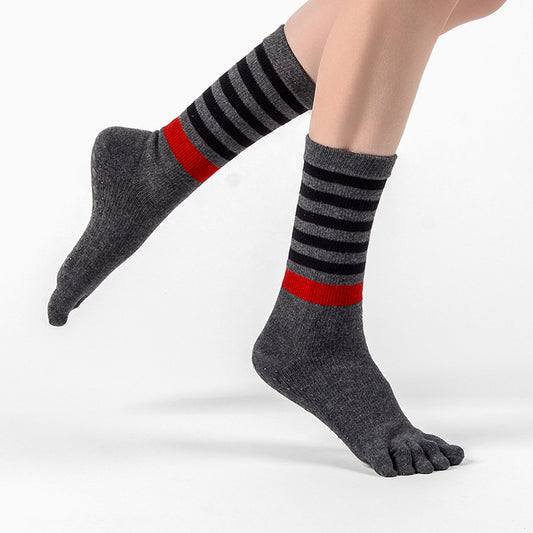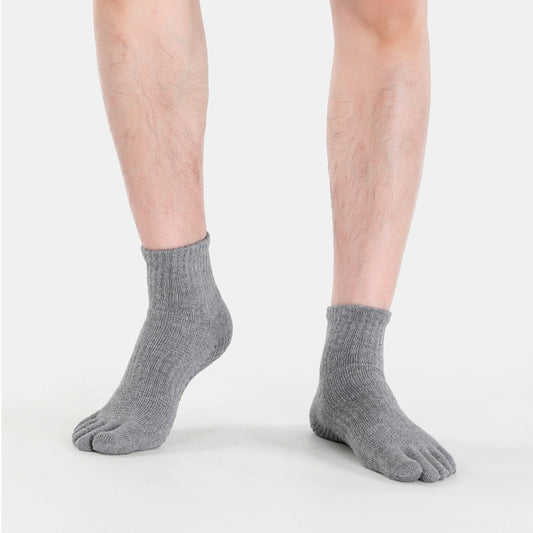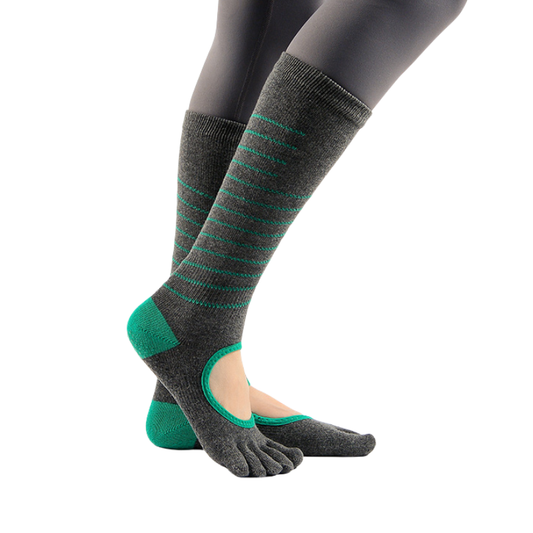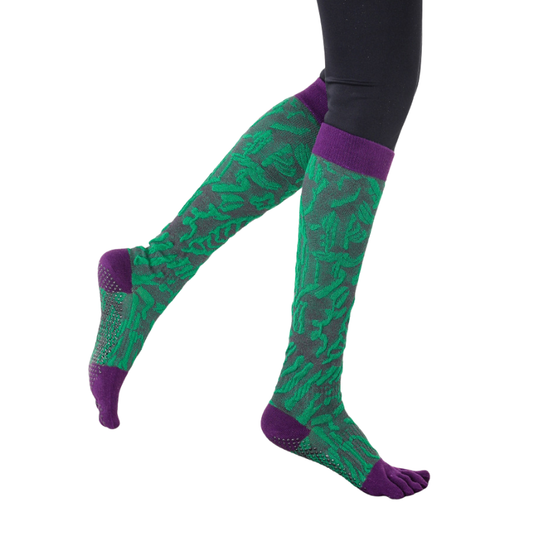Flat feet—also known as fallen arches—are more than just a structural quirk of the foot. While many people with flat feet experience no immediate symptoms, ignoring this condition over time can lead to serious and even chronic issues that affect your entire musculoskeletal system. Understanding the long-term consequences of untreated flat feet is the first step toward prevention and proactive care.
What Are Flat Feet?
Flat feet (pes planus) occur when the arch of the foot collapses, causing the entire sole to make contact with the ground while standing. Some individuals are born with this condition (congenital flat feet), while others develop it later in life due to factors like tendon dysfunction, aging, injury, or obesity.
When the foot loses its natural arch support, the rest of the body has to compensate, leading to imbalances that cascade upward through the knees, hips, and spine.
Estimated 20%–30% of adults in the U.S. live with some degree of flat feet, according to the Cleveland Clinic1.
Why Arch Support Matters
The foot’s arch serves as a shock absorber and weight distributor. It helps stabilize your movements, maintain alignment, and support upright posture. When that arch collapses:
-
The foot rolls inward excessively (overpronation),
-
Load-bearing becomes uneven,
-
Muscles, tendons, and joints are overstressed,
-
Other parts of the body compensate for the instability.
Over time, this can lead to a chain reaction of physical problems.
1. Foot and Ankle Issues
Flat feet are closely linked to several common foot disorders:
-
Plantar Fasciitis: Inflammation of the ligament along the bottom of the foot.
-
Achilles Tendonitis: Increased strain on the tendon causes pain and stiffness.
-
Ankle Instability: Misalignment can lead to sprains or chronic instability.
-
Bunions and Hammertoes: Poor foot mechanics can deform toe alignment.
-
Calluses and Corns: Due to abnormal pressure points.
According to the American Podiatric Medical Association, flat-footed individuals are more likely to experience overuse injuries due to poor shock absorption2.
2. Knee, Hip, and Leg Pain
Overpronation from flat feet rotates the leg inward, altering alignment. This can cause:
-
Shin splints
-
Patellofemoral pain syndrome (pain in the kneecap)
-
Hip joint stress or misalignment
-
Increased risk of osteoarthritis in weight-bearing joints
Studies from the Journal of Orthopaedic Research show that abnormal foot posture significantly alters lower limb kinematics, contributing to joint degradation over time3.
3. Postural Problems and Back Pain
Misaligned feet often result in compensatory posture issues:
-
Pelvic tilt or rotation
-
Uneven leg length perception
-
Lower back pain, especially in the lumbar region
A 2020 clinical study in Gait & Posture found that individuals with flat feet had a higher incidence of chronic lower back pain due to biomechanical compensation4.
4. Reduced Balance and Mobility
Flat feet negatively impact:
-
Balance and stability
-
Gait efficiency (energy wasted in compensation)
-
Speed and endurance
This is particularly concerning for older adults, who may already struggle with mobility and are at higher risk for falls. Over time, limited activity due to pain can lead to muscle atrophy, weight gain, and even social isolation.
5. Quality of Life Impacts
Chronic pain and limited mobility can:
-
Restrict work and lifestyle activities
-
Lead to mental health concerns such as fatigue, frustration, or depression
-
Reduce overall physical activity levels, which increases cardiovascular risk
The long-term physical toll of untreated flat feet is often underestimated until irreversible problems emerge.
Special Considerations
🧒 Children
Flat feet in children may be flexible and pain-free early on, but lack of arch development can eventually lead to:
-
Delayed walking
-
Poor posture habits
-
Foot pain during adolescence
👵 Older Adults
With aging, ligaments naturally loosen and wear increases. This can worsen existing flat feet, reduce ankle stability, and elevate arthritis risk.
When to Seek Help
Watch for these red flags:
-
Pain in the arch, heel, or ankle
-
Uneven wear on shoes
-
Swelling around the inner ankle
-
Knee or back discomfort after walking or standing
-
Frequent fatigue in legs and feet
How to Prevent Long-Term Damage
✅ 1. Wear Supportive Insoles
Quality orthotics support the arch and correct overpronation.
Zokfit ™ Insoles are specifically designed to combat flat foot fatigue, using multi-zone cushioning and arch lift to restore alignment and reduce pain from the ground up.
✅ 2. Strengthen and Stretch the Foot
Incorporate daily exercises such as:
-
Toe curls
-
Calf raises
-
Arch lifts
-
Foam rolling under the foot
✅ 3. Choose the Right Shoes
Avoid flat, unsupportive footwear. Look for:
-
Firm midsoles
-
Motion control features
-
Deep heel counters
✅ 4. Manage Weight
Less weight = less stress on your arches and joints.
✅ 5. Consult a Specialist
If symptoms worsen or persist, a podiatrist can perform gait analysis, prescribe custom orthotics, or explore physical therapy and—when necessary—surgical intervention.
Conclusion
Untreated flat feet can silently erode your joint health, mobility, and quality of life. The earlier you intervene, the better your outcome will be. With a proactive approach—smart footwear, regular exercise, and professional care—you can manage flat feet and prevent long-term complications.
Zokfit supports every step of that journey, from daily insoles to foot-strengthening routines designed to build stability and relieve pain. Your feet are the foundation of your health—don’t leave them unsupported.
References
-
American Podiatric Medical Association. https://www.apma.org ↩
-
Murley, G.S. et al. Kinematic Changes of Lower Limbs in Flat Foot Subjects, Journal of Orthopaedic Research. ↩
-
Gait & Posture Journal (2020). Association Between Flat Foot and Lower Back Pain







